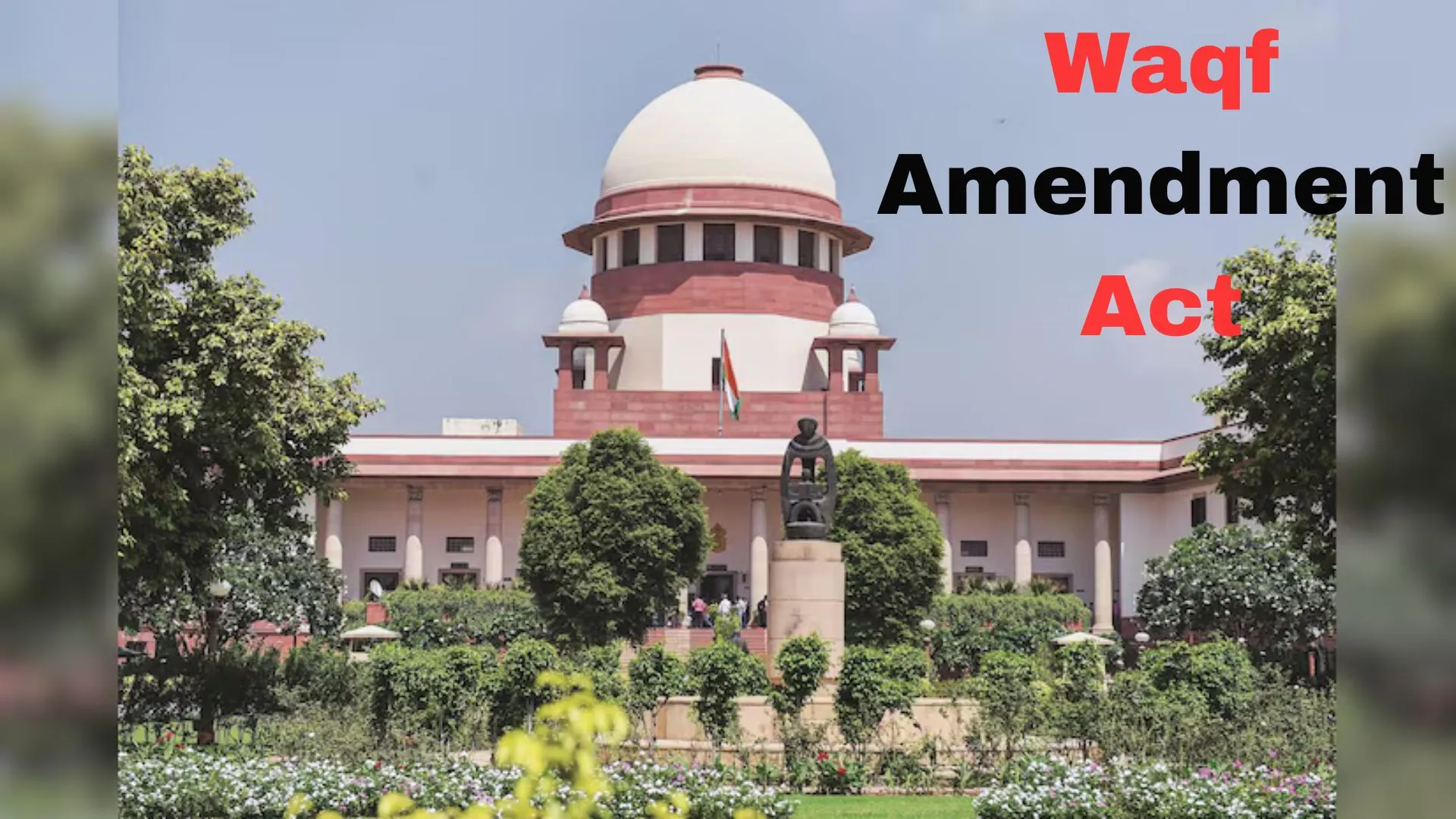Introduction
The recent development of a new insolvency law in India has endowed the relationship between arbitration and insolvency with a higher relevance than previously possessed. Numerous arbitral cases have been put on hold when insolvency proceedings have begun. With the passing of the Insolvency and Bankruptcy Code, 2016 (referred to as the “Code”), bankruptcy framework was subjected to a dramatic overhaul. As a result, none of the provisions in the Code, except for imposing a moratorium, indicate the effect the bankruptcy procedures will have on the arbitration. The Indian Arbitration and Conciliation Act, 1996 does not specify the effect or impact of liquidation under the Code or the corporate resolution insolvency procedure (CIRP). There needs to be clarity on laws and judicial precedents, this has become a grey area in which parties must deal with various issues. Both laws conflict, and how they should be applied together needs to be clarified.
How exactly does the Code function?
Under the Code, a financial or operational creditor having outstanding dues of at least INR 1 crore or a corporate debtor who has defaulted on payment of debts to its creditors can seek to initiate CIRP over a corporate debtor by filing an insolvency application before NCLT . Suppose the NCLT finds a default in payment of the said debt, it can direct the initiation of CIRP over the corporate debtor and appoint an Interim Resolution Professional (later replaced by a Resolution Professional) to manage the affairs of the corporate debtor during the CIRP period. Post declaration of the default, a public announcement is made under the Code, and a moratorium is declared prohibiting, amongst others, the institution or continuation of suits or other proceedings against the corporate debtor and transferring or disposing of the corporate debtor’s assets. The CIRP (once commenced) is not arbitrable (at least during the pendency of the insolvency resolution process).
The scope of the moratorium imposed by the Code
The moratorium specifically bars ‘the institution of suits or continuation of pending suits or proceedings against the corporate debtor including execution of any judgement, decree or order in any court of law, tribunal, arbitration panel or other authority. Opening an insolvency proceeding also bars enforcement action in India. The judicial pronouncements have clarified the scope of the moratorium –
(i)asset maximisation and
(ii) ensuring that the corporate debtor’s assets are not adversely impacted.
The Supreme Court in Alchemist Asset Reconstruction Company ruled that any arbitration or associated processes started after CIRP went into effect are null and void. Even though there are no exceptions to this rule in statute, the courts have established several exceptions based on past decisions. These are:
(i) They do all in their power to increase the value of the corporate borrowers’ assets;
(ii) The procedures are profitable for the corporate debtor and have no adverse effect on the assets of the corporate debtor:
(iii)No recovery may be attempted against the corporate debtor while the moratorium period is in effect, and this is true even if the proceedings are allowed to continue.
(iv)Also, courts have declined to stay claims/counterclaims against a corporate debtor if it was determined that the corporate debtor would not suffer any harm until the claims/counterclaims were resolved.
(v)The moratorium is withdrawn upon completion of the CIRP and on the initiation of liquidation proceedings, allowing for the resumption of any pending legal processes that had been stopped due to the execution of the moratorium order.
The Effect of the Stay on Pending Arbitration Proceedings
The law does not differentiate between ongoing arbitration processes and those started after insolvency proceedings commenced. If the party initiating arbitration can prove that it was initiated to protect the corporate debtor’s interests, would increase the corporate debtor’s assets, or would have no adverse effect on the debtor’s assets. The arbitrator may be able to ask for the arbitration to continue.
Can a person involve in an arbitration process claim with the CIRP?
The concept of a debt included in the Code does not primarily encompass a claim filed per the arbitration agreement. But if the claim falls outside the purview of ‘financial’ or ‘operational debt’ provisions. A creditor in such a situation may submit an identical claim to the Interim Resolution Professional. If the creditor disagrees with the NCLT’s decision not to include the claim, they can seek redress before the NCLT. Even if the claim is left out, this result holds. The NCLT can either accept the plea and add the claim to the list of credits or reject the plea, and the claim will remain outstanding. If the NCLT continues to rule against you, such claims are designated as pending litigation or disputes, and the new investor (the Resolution Applicant) has complete discretion over handling such claims.
Does the Code recognise an arbitral award as legitimate proof of debt?
It is possible to begin filing for bankruptcy using an arbitral award; however, the credit included within the award must be established beyond a reasonable doubt and in the case of K. Kishan v. M/s Vijay Nirman Company, As the Supreme Court underlined for operational creditors to commence the CIRP, there must be no pending litigation against the validity of arbitral rulings as evidence of operational debt. If the award was made in another country, it needs to be able to pass both the recognition and enforcement requirements outlined in Part II of the Arbitration Act. Several decisions have been decided by the Indian Supreme Court that has established the principle that a foreign award is subject to several phases.
In the case of Agrocorp International Private (PTE) Limited v. National Steel and Agro Industries Limited, The NCLT’s Mumbai bench, however, disagreed and ruled that it is not essential to have a foreign award enforced to sustain an insolvency claim against the corporate debtor effectively. Due to the absence of a dispute, the foreign award was admitted in the bankruptcy petition. The NCLT based its ruling on the principle that a foreign verdict is acceptable proof of debt provided it has become final at the seat of arbitration. Therefore, the NCLT decided that an international creditor might use an overseas judgment to file for bankruptcy in India. A foreign award is a valid proof of debt as long as it has become final at the seat of arbitration and may be contested on those grounds.
Does the Arbitration Act take precedence over the Code, or does the Code take precedence over the Arbitration Act?
Based on the time-honoured principle that a particular law should take precedence over a general law, the NCLT determined that arbitration would take precedence over insolvency proceedings and prevent solvent enterprises from being subject to CIRP in the event of a contractual dispute between the parties that included an arbitration provision. Initiating ‘dressed up’ insolvency petitions has become widespread practice to avoid arbitration proceedings and prevent parties from adjudicating a dispute. In India, whether insolvency petitions can be arbitrated remains unresolved; there have been conflicting decisions on the subject.

















